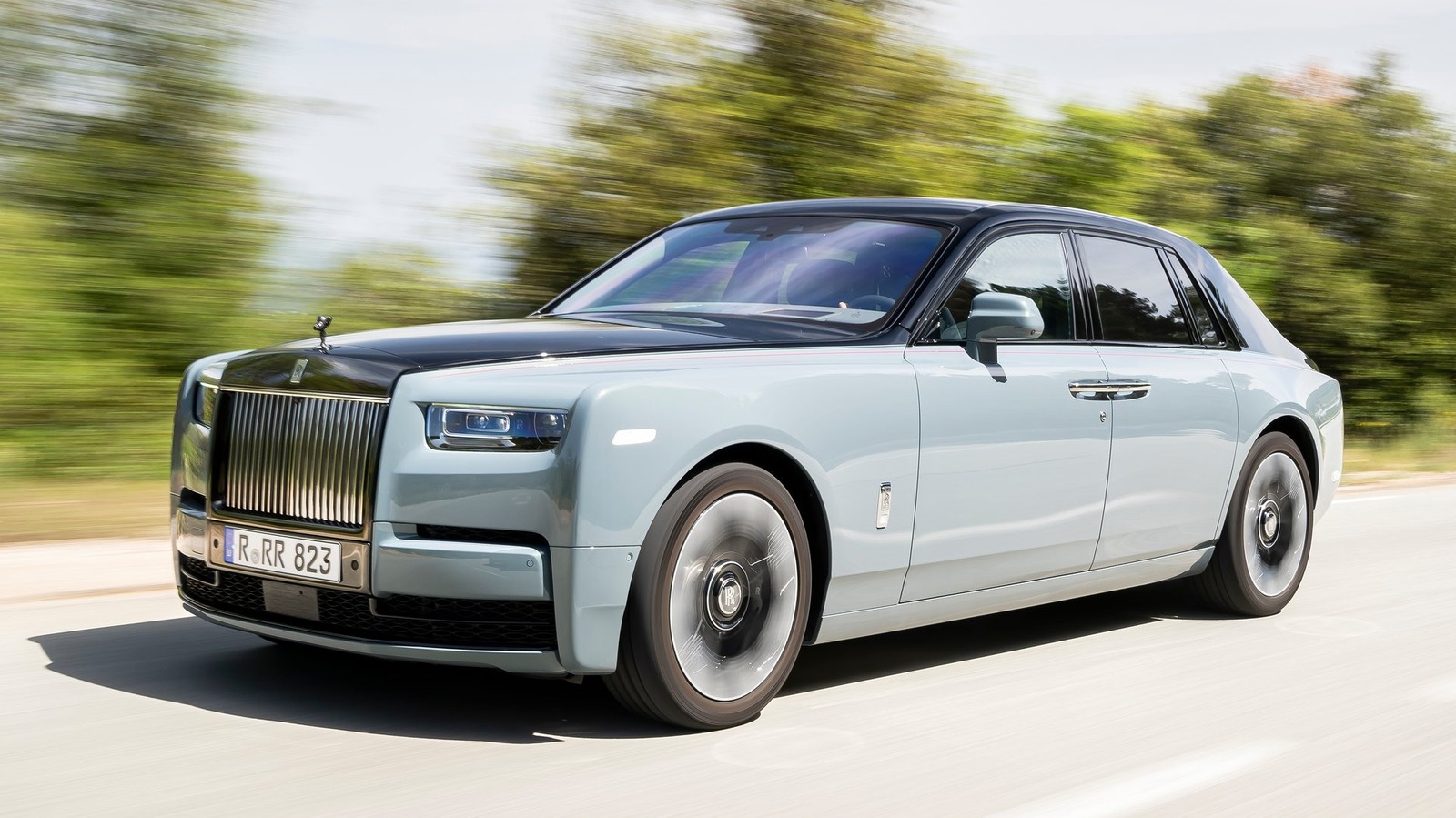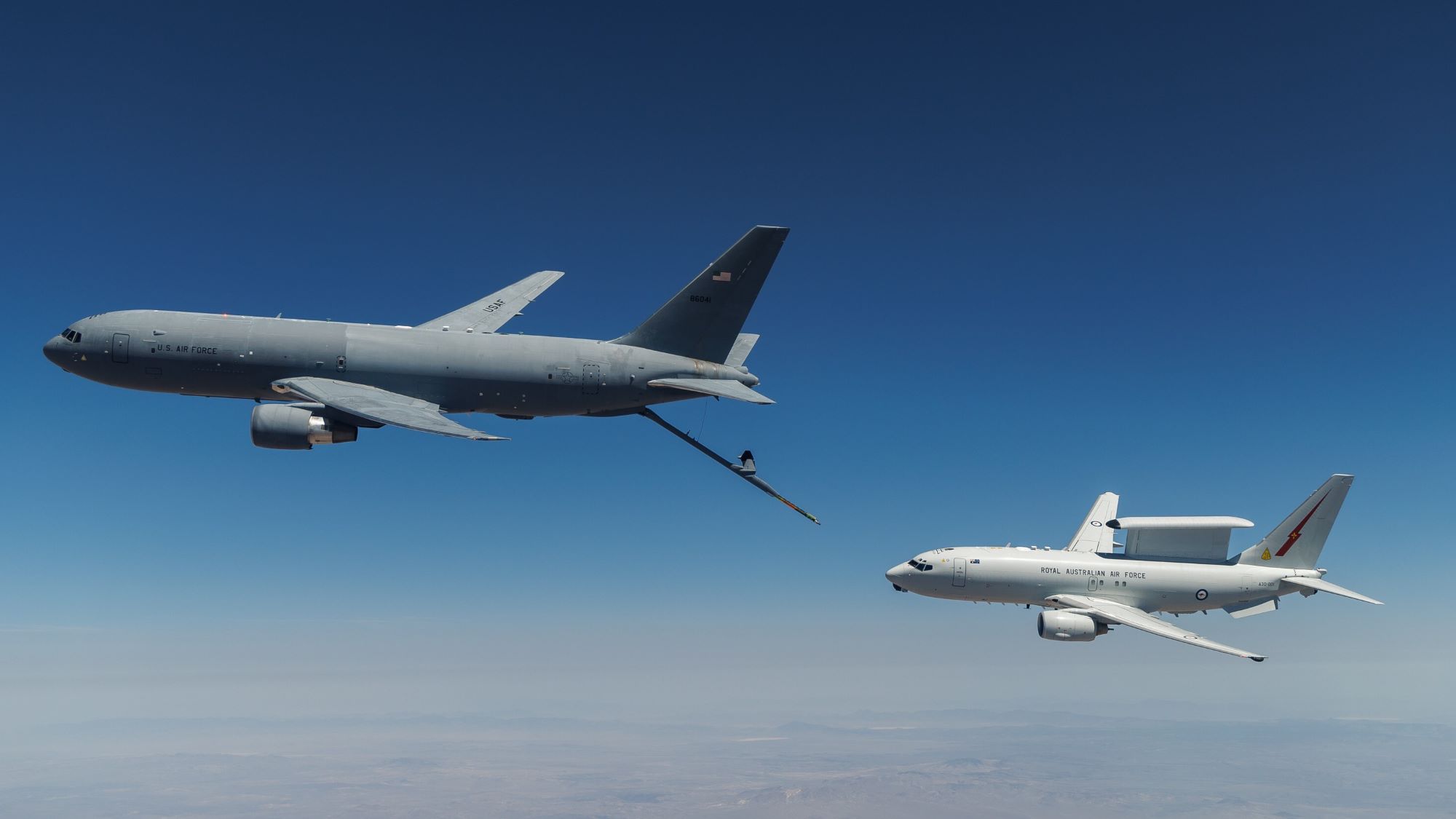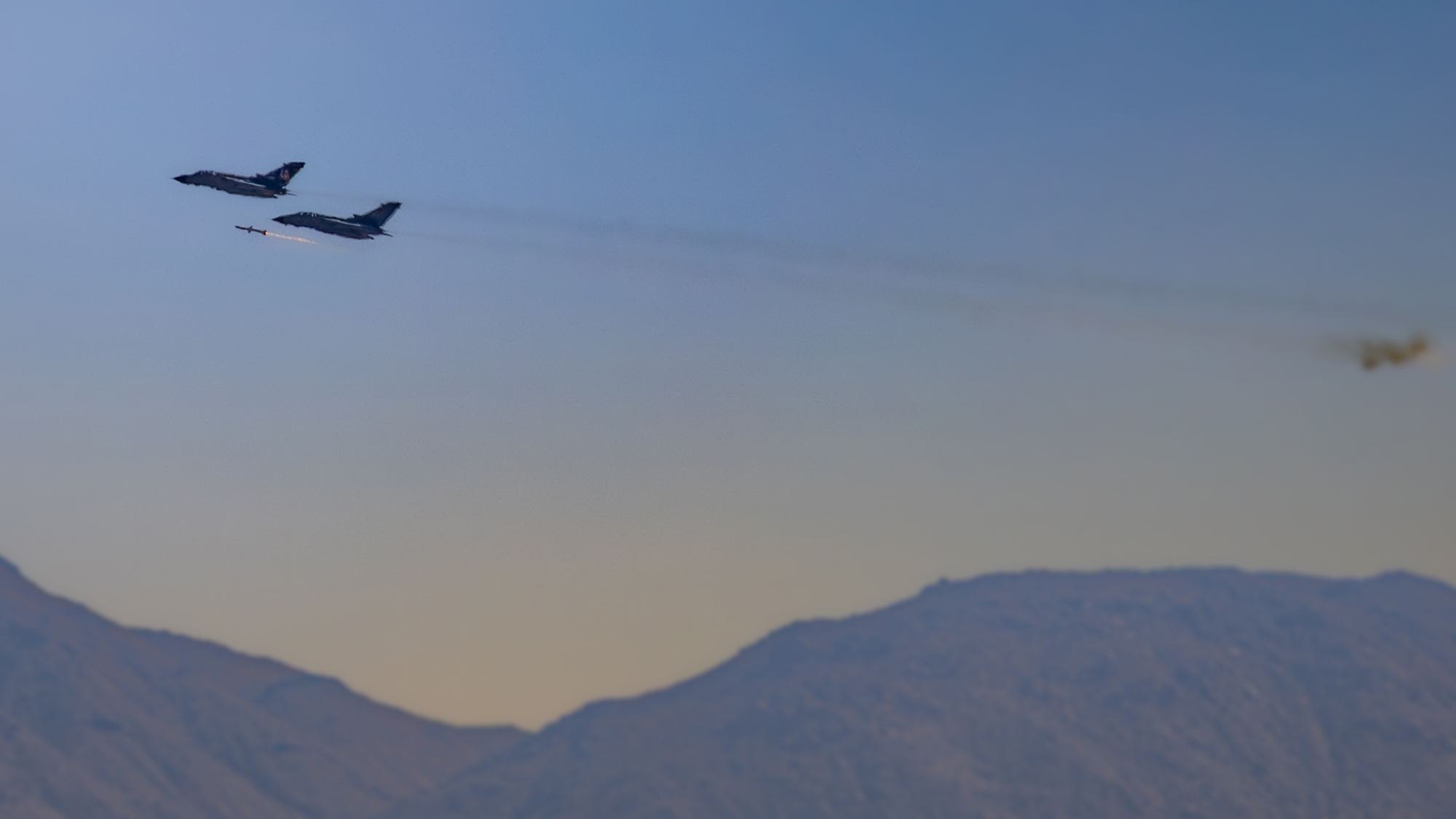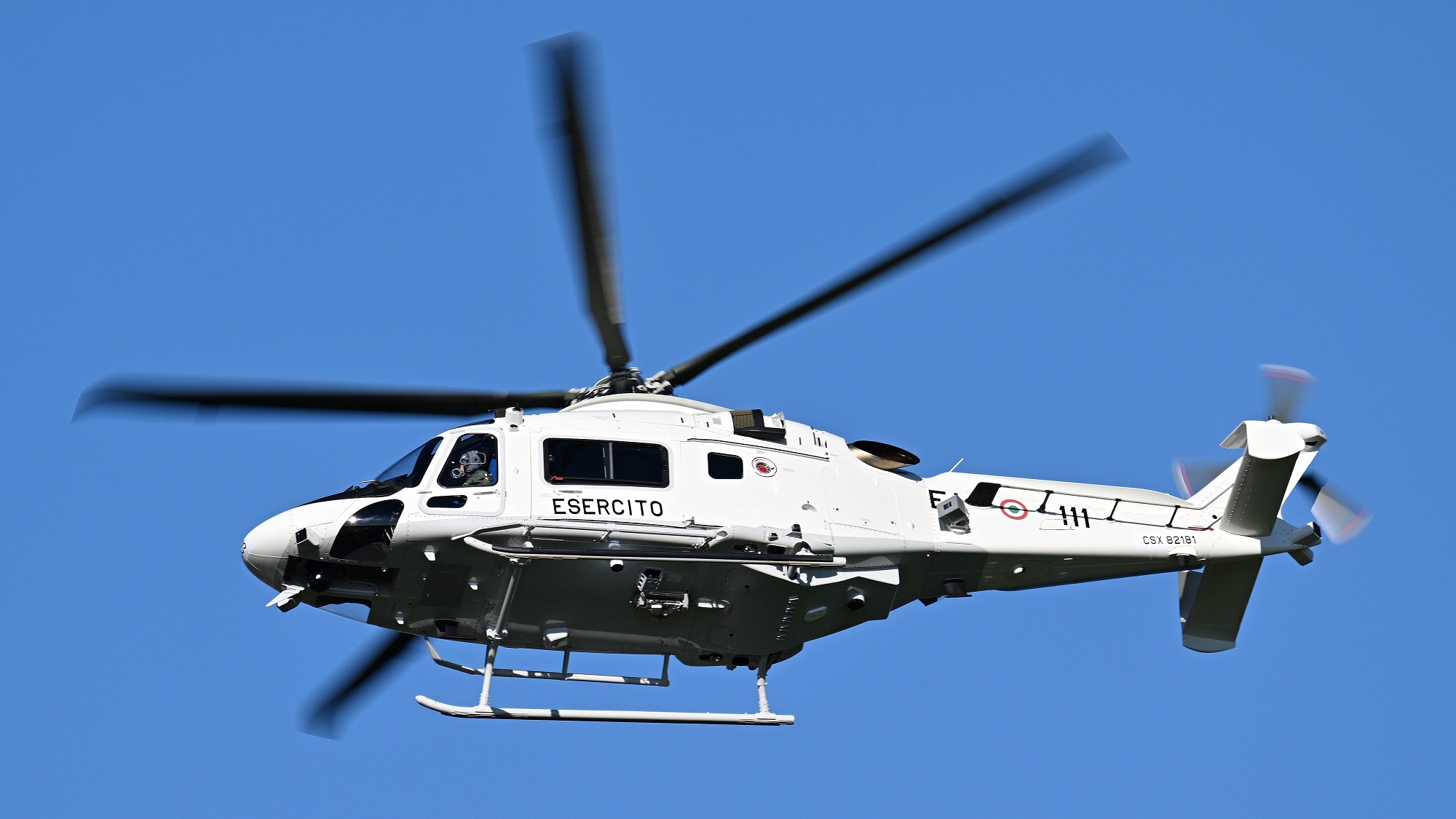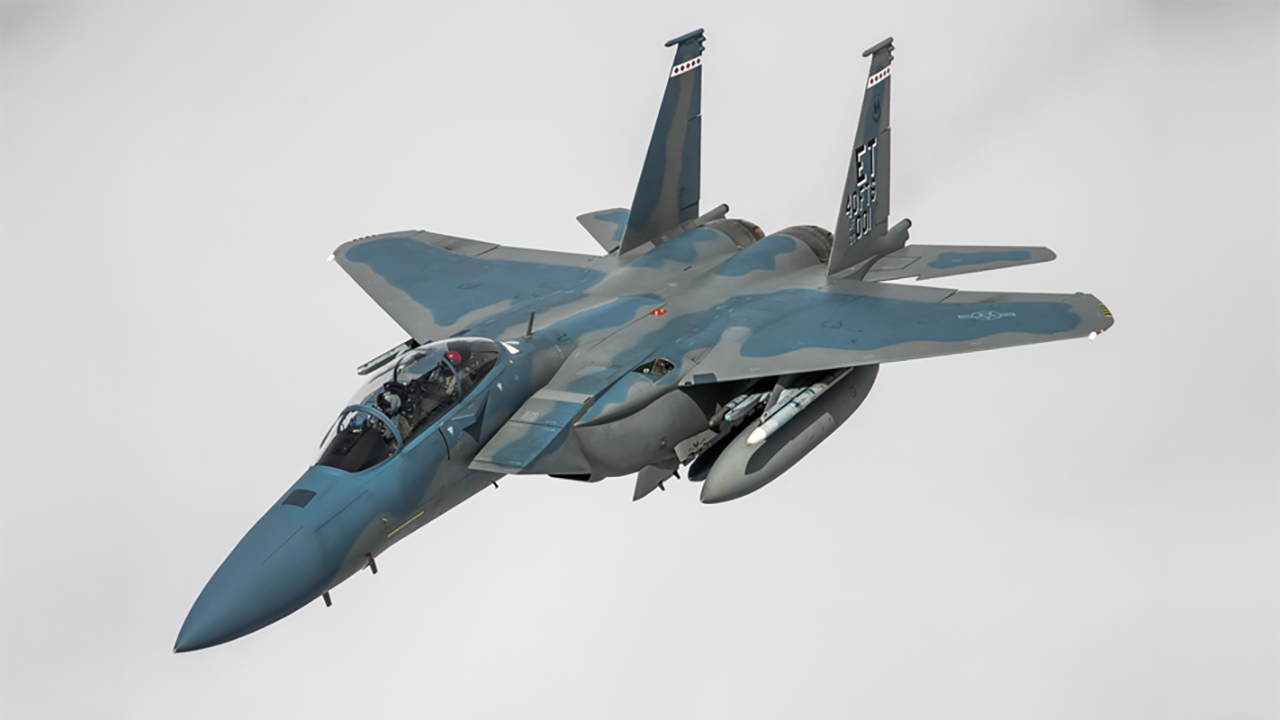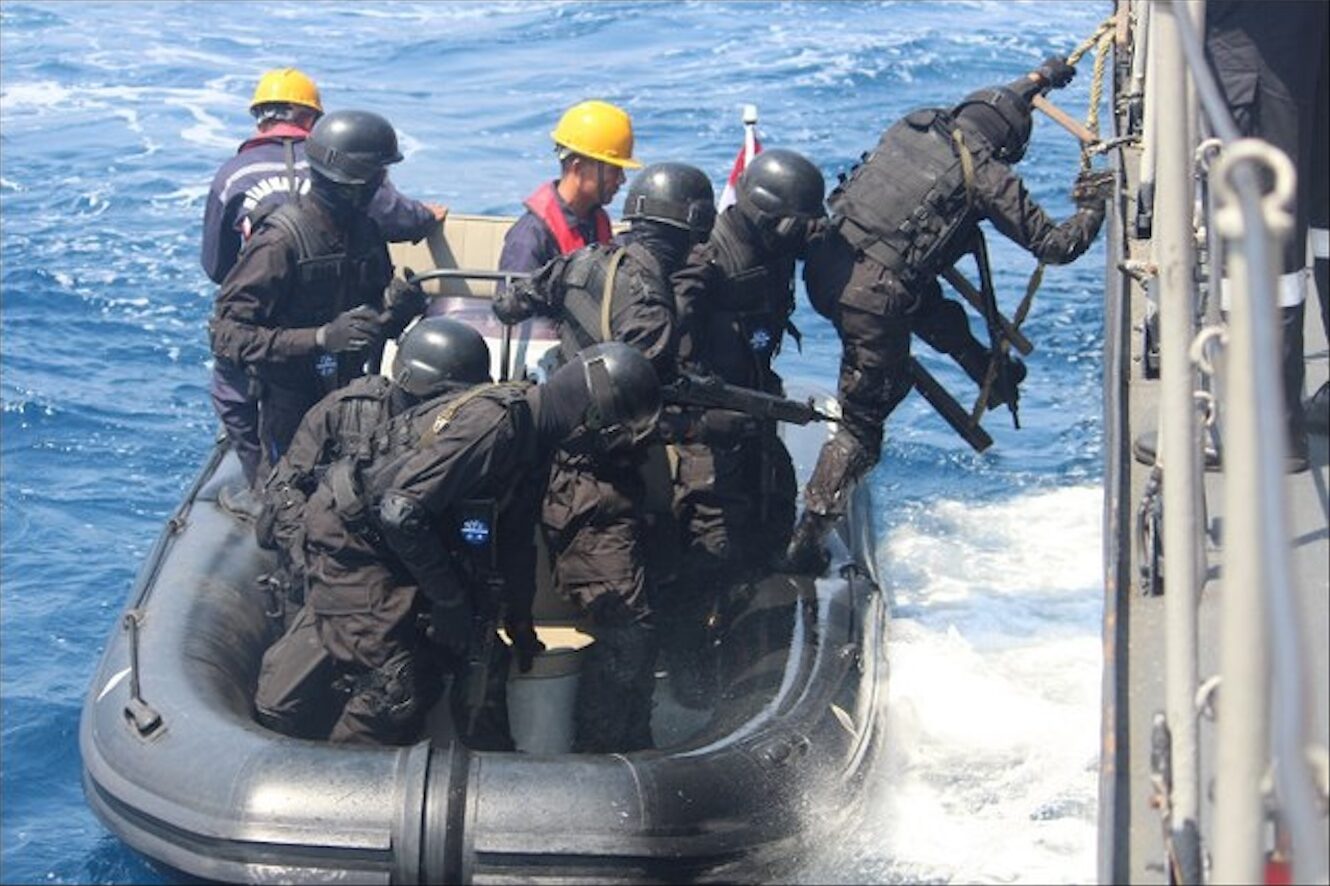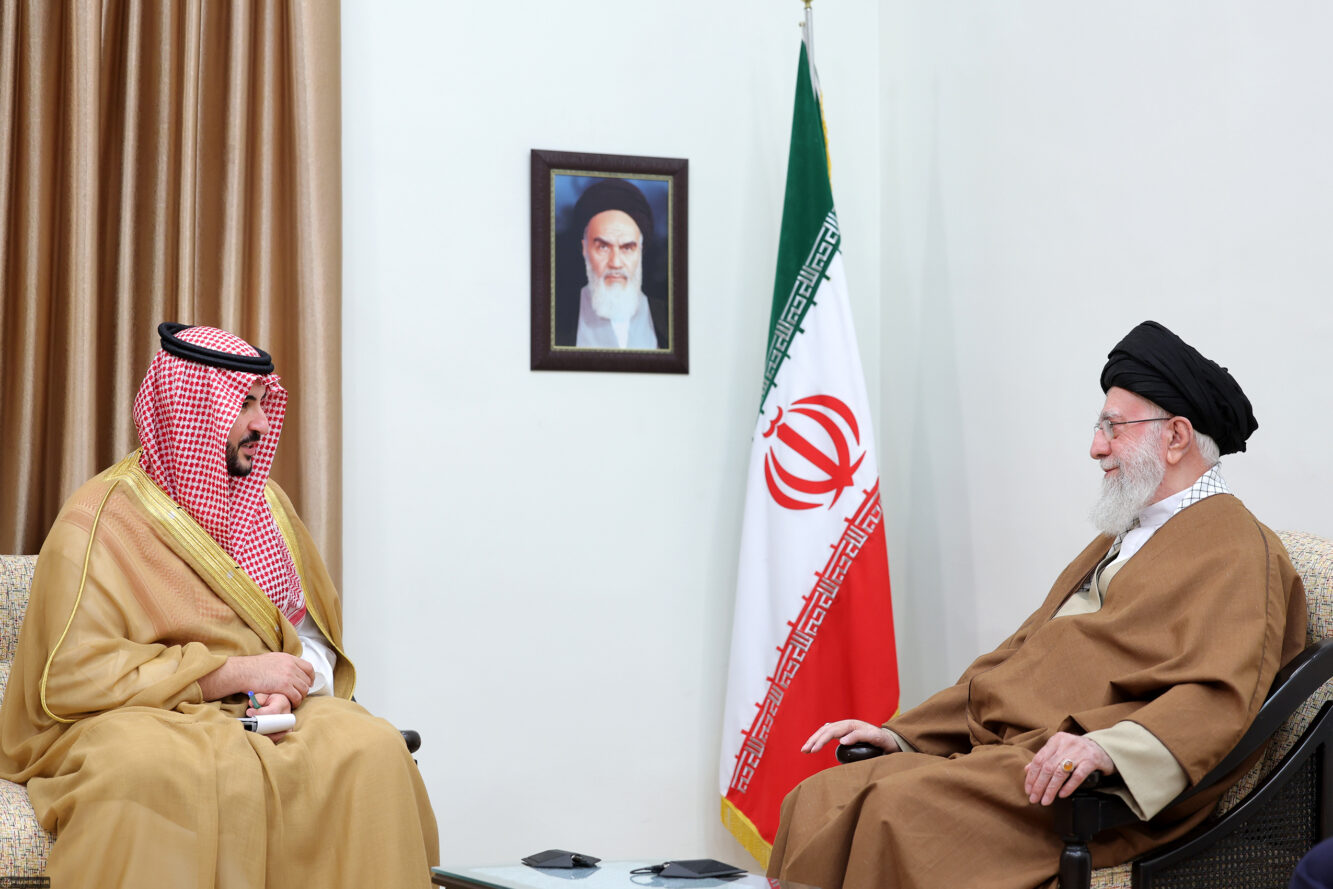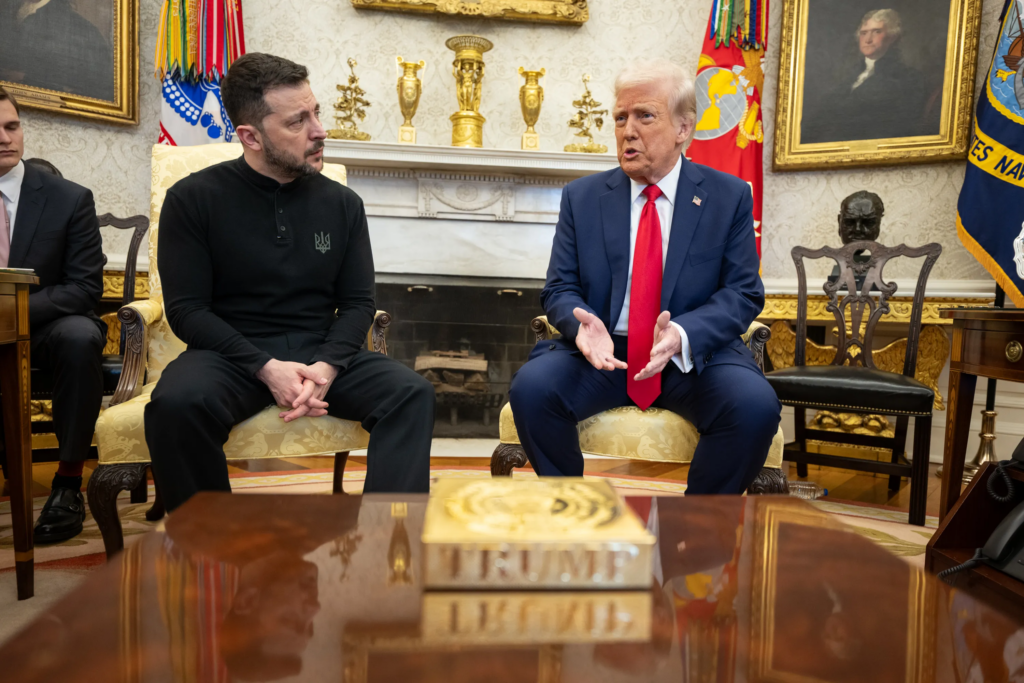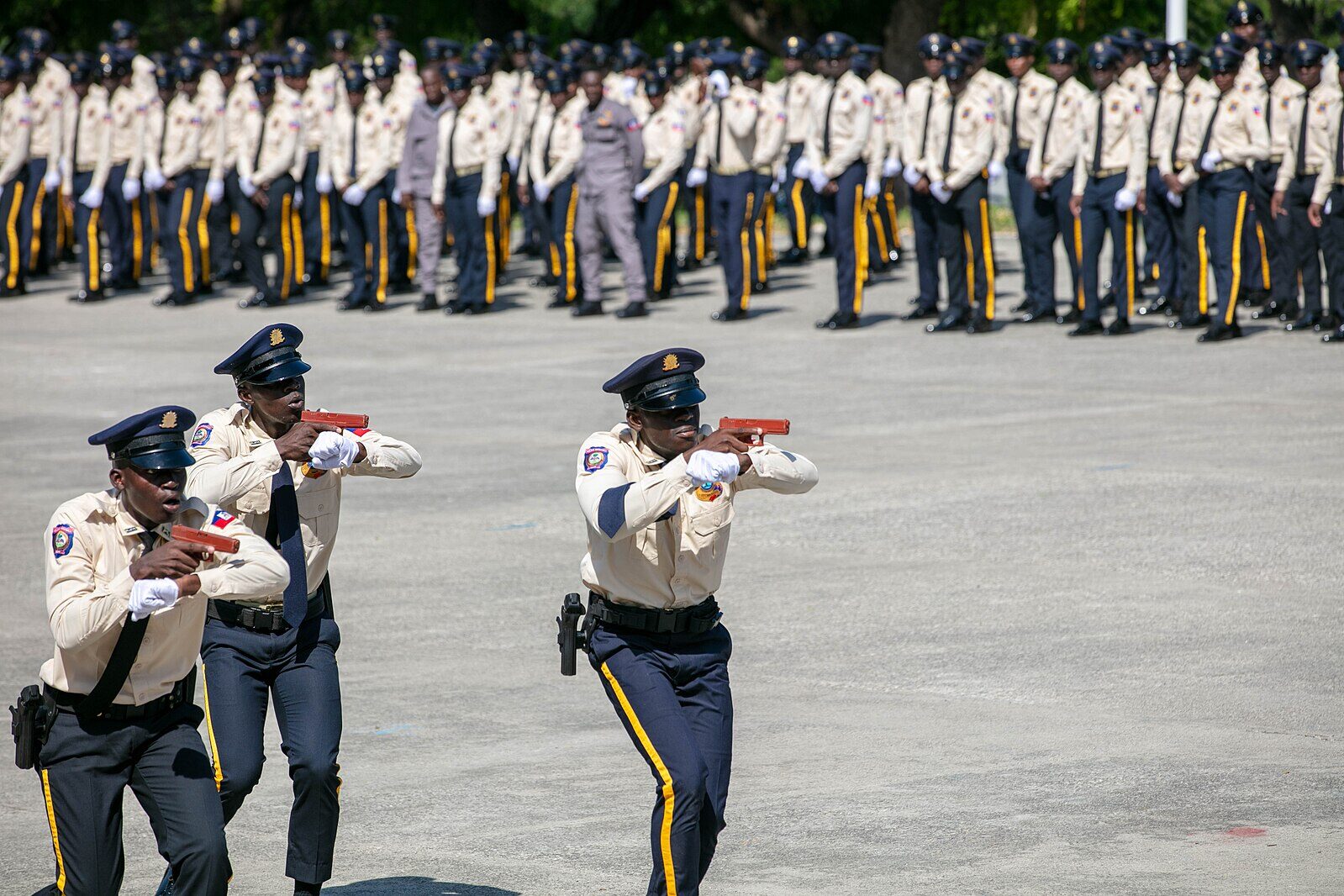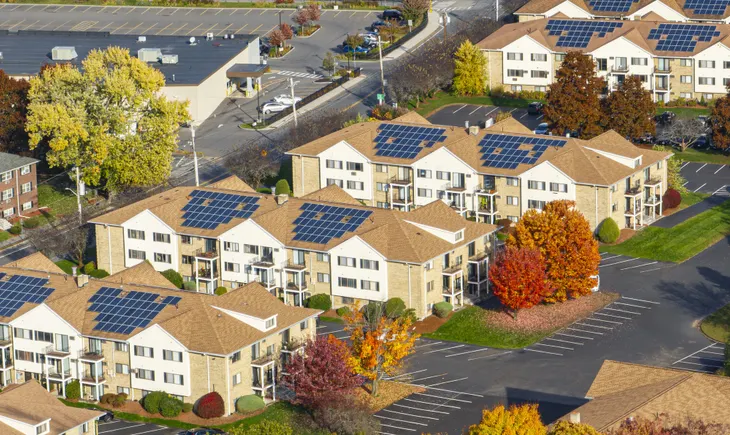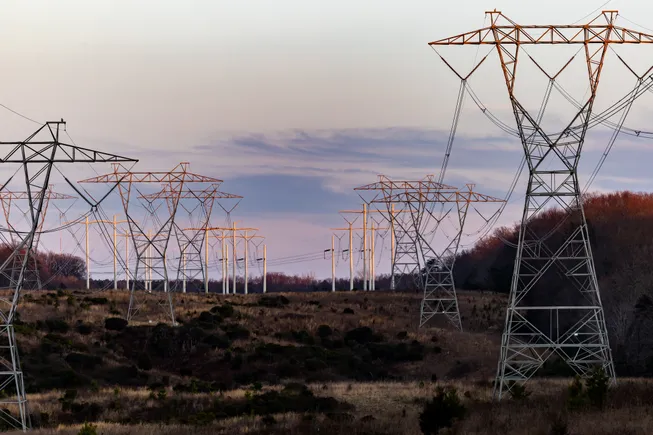After mysterious incursions, NORTHCOM updates counter-drone procedures
Though US Northern Command’s chief has blamed hobbyists for most incidents, a senior official told lawmakers that US adversaries have shown they’re not above suspicion.


A senior Observer Coach/Trainer fires a Dronebuster Electronic Warfare System at the Counter Unmanned Aircraft System Training in the Rotational Unit Bivouac Area on January 30, 2020. (U.S. Army photo by PFC Gower Liu, 11th ACR Public Affairs)
WASHINGTON — US Northern Command has a new standard operating procedure (SOP) for dealing with drone incursions near American military facilities, a senior Pentagon official said Tuesday, while suggesting US adversaries aren’t above suspicion for the spate of incidents.
Vice Director for Operations on the Joint Staff Rear Adm. Paul Spedero told lawmakers the new SOP was sent by US Northern Command to US bases “within the last month,” and base officials are expected to follow it next time a buzzing robot appears in the sky.
He did not detail what the SOP entailed, and a NORTHCOM spokesperson told Breaking Defense that the document “in practical terms” details “what it means for base commanders to request assistance from USNORTHCOM when they are experiencing drone incursions.” However, the spokesperson said the SOP itself is classified.
The US military has reported hundreds of suspicious drone incursions over the years, though NORTHCOM chief Gen. Gregory Guillot said as recently as October that an “overwhelming majority” are “probably” caused by local hobbyists, and the incidents do not appear to have any “organized or unorganized foreign nexus.”
In his testimony Tuesday before the House Oversight Committee’s Military and Foreign Affairs Subcommittee, however, Spedero appeared to agree at least in part with a more sinister conclusion proposed by committee chairman Rep. William Timmons: The incursions are evidence of a “coordinated effort by our adversaries to collect valuable intelligence and surveillance of some of our most sensitive military equipment.”
Later in the hearing Spedero said the point “as was brought up by this committee, and we agree with, [that] our adversary has demonstrated that they will use this type of activity for unauthorized surveillance, for espionage.”
Yet there didn’t seem to be a consensus among lawmakers. In a written opening statement published by his office, subcommittee ranking member and Virginia Democrat Suhas Subramanyam said that “nearly a year and a half later, we still know very little about who was flying these drones over Langley, or what they were doing.” During the hearing, Subramanyam rhetorically asked “who is piloting these drones, for instance? Are these criminal actors or these foreign adversaries? Are they simply local hobbyists with advanced capabilities? Not sure about that, but maybe that’s the case.”
Regardless of the drones’ provenance, Pentagon leaders have stressed that their ability to respond has been limited due to concerns with using weapons in airspace heavily trafficked by civilians and policy regimes that have fragmented responsibilities among agencies. US Northern Command in response has been experimenting with new tools to fend off drones and is stepping up to act as a lead “synchronizer” across the government.
Officials Tuesday confirmed that work is ongoing, and championed a legislative proposal authored by the Pentagon that seeks to tweak US code to provide more leeway for commanders to respond to drone sightings.
As Spedero explained, only a handful of DoD facilities are covered by US code that permits officials to engage drone sightings short of establishing hostile intent to a facility, using Luke Air Force Base in Arizona — where roughly three quarters of F-35 pilots are trained — as an example of an installation that is not currently encompassed by the legislation. (Pentagon officials are hoping to expand the coverage of that policy, known as Section 130i of the US code, to include more DoD facilities.)
Lawmakers have mandated changes as well in the fiscal 2025 National Defense Authorization Act, which aimed to solve some of the challenges for counter drone incursions. The Pentagon in the waning days of the Biden administration also released a comprehensive strategy to counter unmanned systems.
Other issues are technical, stemming from the lack of equipment. Many facilities do not have “sufficient” capabilities to detect and track drones, though it varies by base, Spedero said. Facilities will also need adequate command and control capabilities, along with appropriate countermeasures to actually counter a drone threat, he said.
During the hearing, Florida Republican Rep. Anna Paulina Luna predicted that 130i authorities would be tweaked to satisfy the DoD’s requests.
“Well I have a feeling with this administration and the members of this panel, I think that you’ll probably get there. So help is on the way in that regard,” she said.













